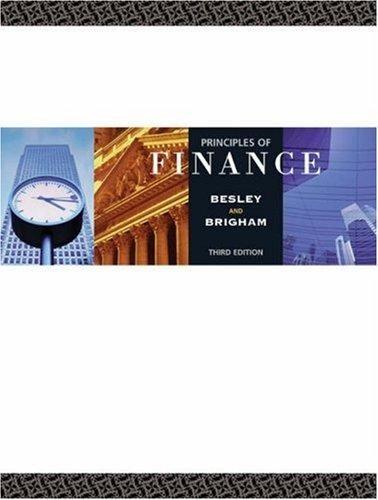The expected pretax return on three stocks is divided between dividends and capital gains in the following way. Required: a. If each stock is priced at $190, what are the expected net percentage returns on each stock to (i) a pension fund that do pay taxes, (ii) a corporation paying tax at 21% (the effective tax rate on dividends received by corporations is 6.3% ), and ( individual with an effective tax rate of 15% on dividends and 10% on capital gains? b. Suppose that investors pay 50% tax on dividends and 20% tax on capital gains. If stocks are priced to yield an after-tax i 8%, what would A, B, and C each sell for? Assume the expected dividend is a level perpetuity. Complete this question by entering your answers in the tabs below. If each stock is priced at $190, what are the expected net percentage returns on each stock to (i) a pension fund that does not pay taxes, (ii) a corporation paying tax at 21% (the effective tax rate on dividends received by corporations is 6.3% ), and (iii) an individual with an effective tax rate of 15% on dividends and 10% on capital gains? Note: Do not round intermediate calculations. Enter your answers as a percent rounded to 2 decimal places. The expected pretax return on three stocks is divided between dividends and capital gains in the following way: Required: a. If each stock is priced at $190, what are the expected net percentage returns on each stock to (1) a pension fund that does not pay taxes, (ii) a corporation paying tax at 21% (the effective tax rate on dividends recelved by corporations is 6.3% ), and (iii) an individual with an effective tax rate of 15% on dividends and 10% on capital gains? b. Suppose that investors pay 50% tax on dividends and 20% tax on capital gains. If stocks are priced to yield an after-tax return of 8%, what would A, B, and C each sell for? Assume the expected dividend is a level perpetuity Complete this question by entering your answers in the tabs below. Suppose that investors pay 50% tax on dividends and 20% tax on capital gains. If stocks are priced to yield an after-tax return of 8%, what would A, B, and C each sell for? Assume the expected dividend is a level perpetuity. Note: Do not round intermediate calculations. Round your answers to 2 decimal places








